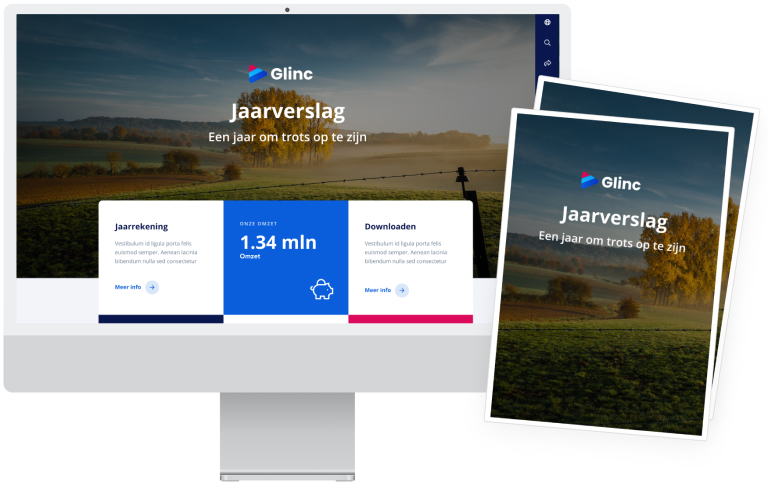Dilemmas
Dilemmas
Dealing with Russian partners
Gasunie has maintained close ties with Russian companies and institutions since the 1990s. These relationships were formed from the idea that production from the Groningen gas field would eventually cease, and that natural gas from Russia would be a key replacement for this gas. We took a 9% interest in the Nord Stream consortium in 2007 and we were exchanging knowledge with Russian organisations at the Energy Delta Institute. The Russian invasion of Ukraine put an abrupt end to this.
The European Commission was quick to impose sanctions on Russia and Russian companies, but not on the import of Russian gas. This presented Gasunie with a major dilemma. Continuing as before was out of the question for us, but given the major social and economic consequences for security of supply, we could not suspend the service altogether either. After all, Gasunie has a statutory duty to offer transport capacity in a non-discriminatory manner.
We ultimately decided against taking unilateral steps on top of the Dutch and European sanctions. Russian customers could therefore not be excluded from Gasunie’s networks in the Netherlands and Germany as long as they were not on the sanctions list. We did, however, decide to freeze all non-operational relations and contacts, including scientific collaboration, and to suspend our involvement in the Nord Stream Shareholders’ Committee, of which our CEO, Han Fennema, was a member. Operational contacts with Russian companies were reduced to the minimum level required to facilitate security of supply in the Netherlands and Europe through our infrastructure.
Reducing methane emissions
It is an unfortunate fact that our activities result in emissions of gases that are bad for the climate. Methane and CO2 contribute to the greenhouse effect, which is why we have set targets to significantly reduce our emissions by 2030. We want to be in the European vanguard when it comes to cutting emissions.
Government bodies are also setting increasingly stringent requirements for monitoring, recording and reporting methane emissions and repairing leaks. An EU methane regulation will become effective at the end of 2023, which we must comply with. It’s not yet clear what the legislation will look like, but the contours of that legislation are already visible.
Our current policy is that we invest a maximum of € 200 to avoid the emission of one metric tonne of CO2 equivalent (this equals 35.7kg of methane). That is about twice what an EU Allowance unit (carbon credit) is currently worth. A higher amount in the new regulation is already part of our own proposals because we want to go far to reduce our emissions and keep these very low.
To the best of our knowledge at this time, the regulation states that we must do everything possible to reduce methane emissions and that we must repair any leaks found. Repairing small leaks costs a lot of time and money, resources that we can better spend on projects that also help others reduce their emissions and, this way, increase the overall positive impact on the climate. Moreover, we sometimes emit more methane when making repairs immediately (due to pipeline purging) than we would by sealing the leak over a longer period. And that creates a dilemma: do we comply with the law, or do we go with the best alternative for the climate?
EemsEnergyTerminal investment decision
In 2022, EU Member States worked hard to reduce their reliance on Russian gas. An effective means of achieving this is the use of floating storage and regasification units (FSRUs) for imported LNG. In September, Gasunie commissioned the EemsEnergyTerminal, which can produce 8 bcm (eventually 10 bcm) of natural gas annually from LNG imported from overseas suppliers via LNG tankers.
That natural gas does, however, come with a social price tag. The production and transport of LNG has a higher carbon footprint than pipeline gas. Furthermore, the LNG needs to be regasified before it can be fed into the GTS network, meaning its temperature of −162°C must be raised back up to atmospheric temperature, which requires a lot of energy.
The upshot is that EemsEnergyTerminal raised our own gas consumption in 2022 by about 25%. As a result, our carbon footprint in the Netherlands (Scopes 1 and 2) also increased (+20%), while our transported volumes actually decreased (-7%). When making the investment decision, we weighed facilitating security of supply (external economic value creation) against the maximum reduction of our emissions (internal social value creation) and concluded that we had to accept the higher emissions under these circumstances.
We will have to balance considerations in this way more often in the coming years. With our energy transition projects, we enable our customers to cut their carbon emissions, but at the same time these projects mean that there is the chance that our own carbon footprint will increase during construction of the new infrastructure. In the following annual reports, we intend to provide insight into both the positive and negative impact of our transition investments.

